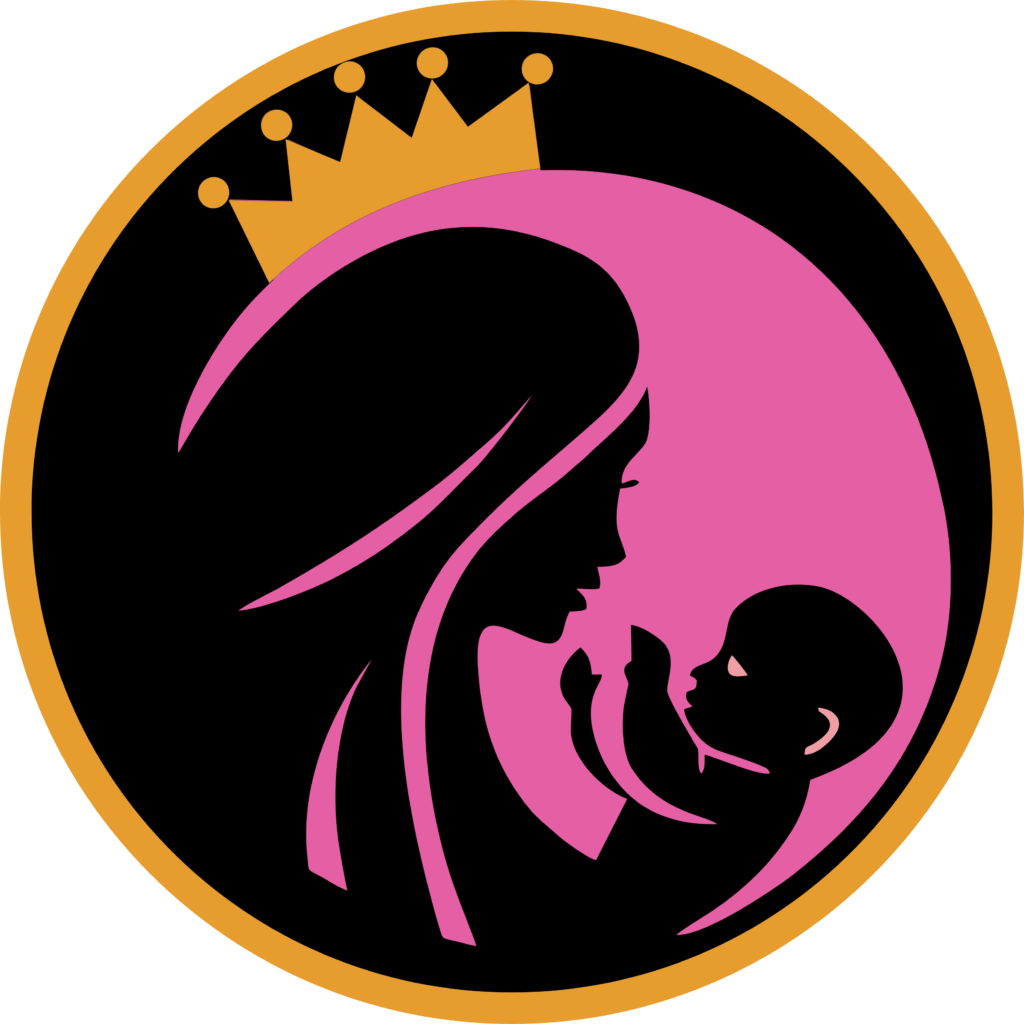Discovering signs of complications during pregnancy can be concerning. Preeclampsia is a significant condition that affects pregnant women. Recognizing its symptoms early can lead to timely medical intervention, reducing potential health risks. It’s critical for expecting mothers to be informed about this condition. With essential knowledge about preeclampsia prevention, women can take steps to minimize the risk through lifestyle changes and medical guidance.
Introduction: The Global Relevance of Preeclampsia
Preeclampsia is a serious condition during pregnancy characterized by high blood pressure and other symptoms. It usually occurs after 20 weeks of pregnancy but can also appear postpartum. This condition can have dangerous implications if not addressed timely, contributing significantly to maternal deaths on a global scale. Understanding preeclampsia is crucial for creating awareness among pregnant women. This article will delve into recognizing its symptoms, understanding its causes, and employing preeclampsia prevention strategies. Being informed is the first step in safeguarding maternal and fetal health.
What is Preeclampsia? Unfolding the Basics
Preeclampsia typically appears after the 20th week of pregnancy. It’s marked by increased blood pressure and protein in the urine. This condition can also develop after childbirth, known as postpartum preeclampsia. It’s critical to differentiate between preeclampsia and regular pregnancy symptoms. Unlike common nausea or fatigue associated with pregnancy, preeclampsia has specific signs indicating the need for medical attention. Recognizing the symptoms early aids in prompt management.
Spotting the Symptoms: Early Warning Signs of Preeclampsia
Some primary indicators of preeclampsia are high blood pressure and protein in the urine. Swelling in the face and hands, severe headaches, and changes in vision like blurriness or seeing spots can also signal preeclampsia. Other symptoms include:
- Upper abdominal pain, often under the ribs
- Nausea or vomiting
- Sudden weight gain
Regular prenatal visits can detect these early warning signs. Doctors use blood and urine tests to check for markers of preeclampsia. Consistent monitoring is crucial as some symptoms might not be evident without medical evaluation. Prompt detection and management can significantly minimize risks for both mother and baby.
Decoding the Risk Factors: Who is More Prone to Preeclampsia?
Certain factors increase the risk of developing preeclampsia:
- First-time pregnancies: Women experiencing their first pregnancy are at a higher risk.
- Family history: A family history of preeclampsia increases susceptibility.
- Chronic conditions: Existing health issues like high blood pressure, diabetes, or kidney disease contribute to the risk.
- Age and obesity: Women over 35 or those with obesity issues face increased risk.
- Pregnancy gaps: Long intervals between pregnancies can elevate the chances.
Understanding these risk factors helps in strategizing effective preeclampsia prevention methods.
A Closer Look at Complications: Understanding Potential Risks
The risks associated with preeclampsia can be severe. For mothers, it can lead to organ damage, seizures, or condition like eclampsia. This condition affects the liver, kidneys, and other vital organs. For the unborn baby, preeclampsia can cause growth restrictions, affecting overall development. The condition poses a risk of premature birth or even stillbirth. Awareness of these complications is essential for taking preventive steps and safeguarding health through proper monitoring and medical care.
Diagnosis and Monitoring: A Lifeline for Expecting Mothers
Diagnosing preeclampsia involves regular blood pressure checks and urine tests to detect protein. If any symptoms surface, it’s vital to inform your healthcare provider immediately. Never skip prenatal appointments, as they play a critical role in early detection. Regular check-ups are a lifeline for expecting mothers, helping track and manage the condition before complications arise.
Exploring Treatment Options: Navigating the Road to Recovery
Treatment for preeclampsia often involves medications to manage symptoms and lower blood pressure. In severe cases, delivering the baby is the most effective solution to prevent risks. Adopting a healthier lifestyle with diet modifications, exercise, and regular health monitoring can promote better outcomes. This proactive approach can help manage symptoms effectively, offering smoother recovery for both mother and baby.
Prevention Strategies: Guarding Against Preeclampsia
Preeclampsia prevention** is possible with consistent prenatal care. Women at high risk may benefit from low-dose aspirin, as advised by doctors. Managing existing health issues by maintaining a healthy lifestyle can combat contributing factors. Recognizing when immediate medical intervention is necessary also plays a crucial role in prevention.
Living with the Diagnosis: Empowering Expecting Mothers
Living with preeclampsia can be challenging, but having a robust support system helps reduce anxiety. Open communication with healthcare providers ensures understanding and effective management of the condition. Preparing for early delivery and keeping track of postpartum health is essential in this journey.
Conclusion: Emphasizing Awareness and the Path Forward
Understanding and recognizing the symptoms of preeclampsia leads to timely intervention. With proper measures, many mothers experience positive outcomes. Focusing on awareness, prevention, and early diagnosis is key. Proactive steps ensure safer pregnancies and healthier babies, offering hope and security to expecting mothers.
Schedule your consultation at Queens Multispecialty Clinic today to ensure a healthy and safe pregnancy!



